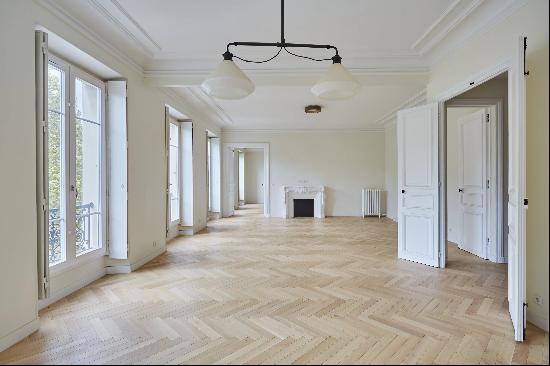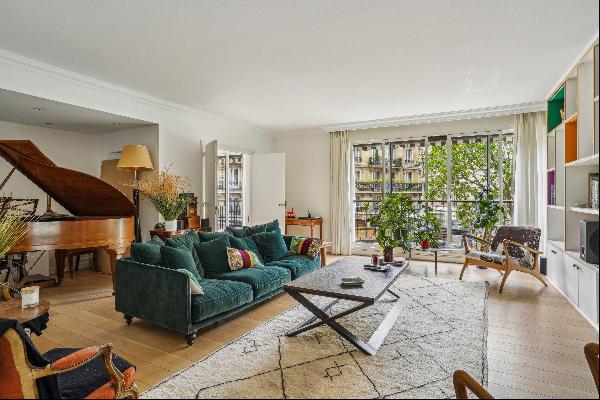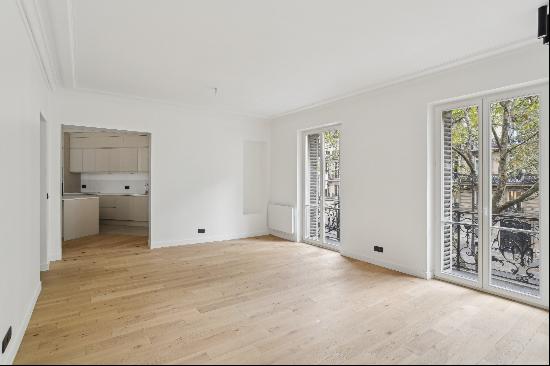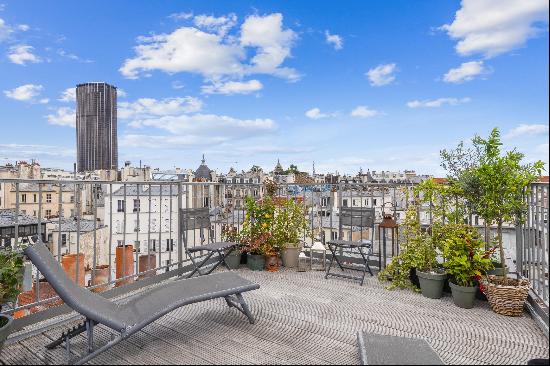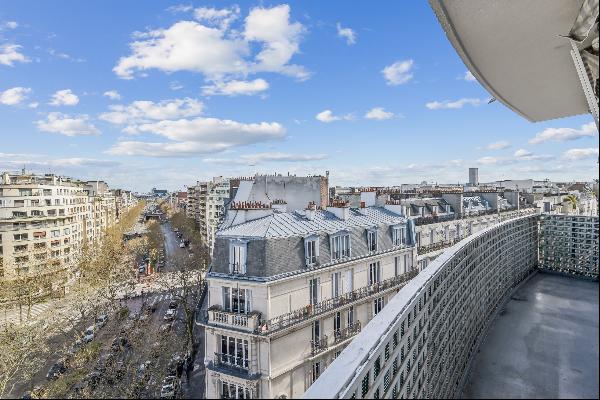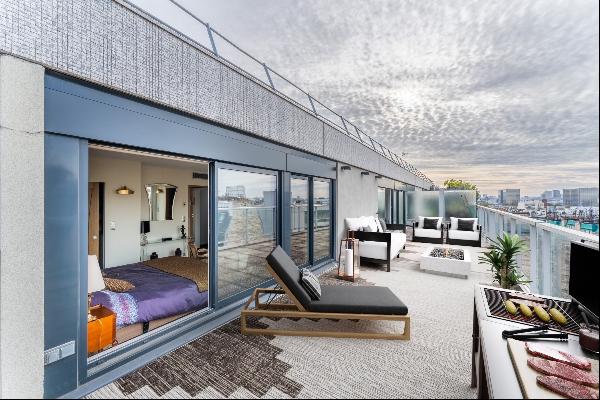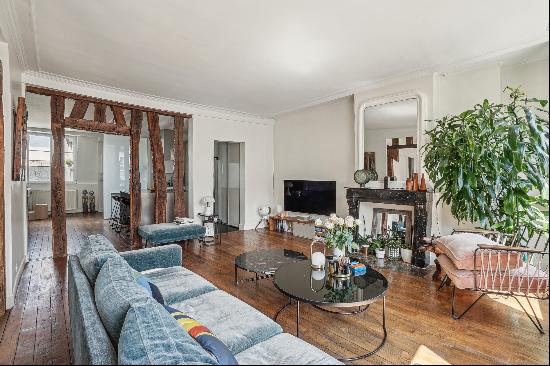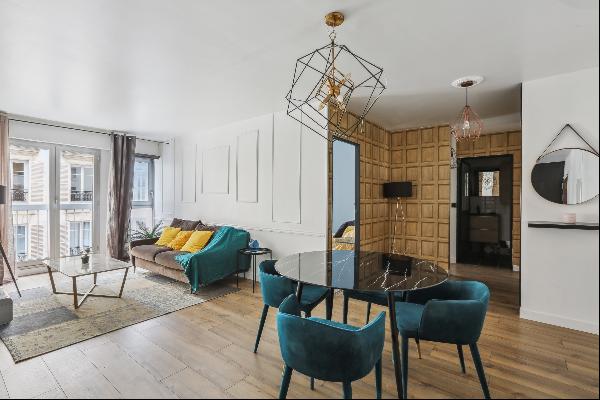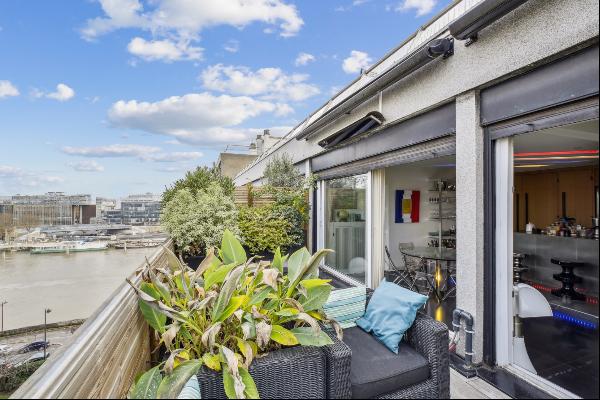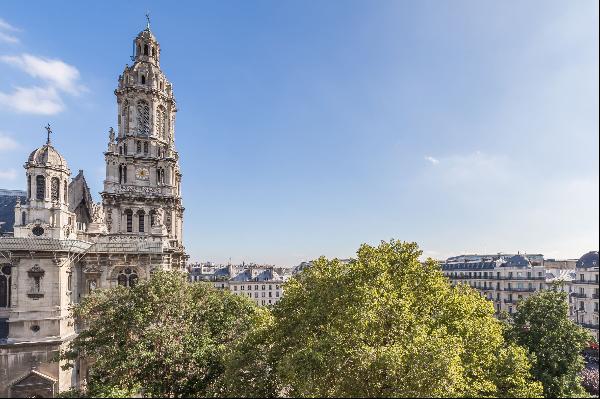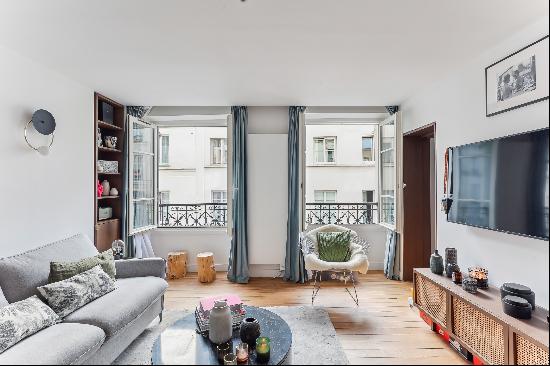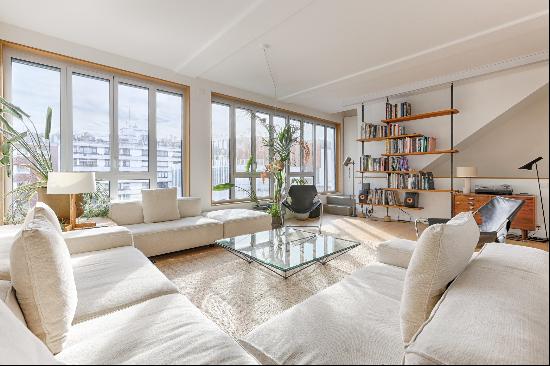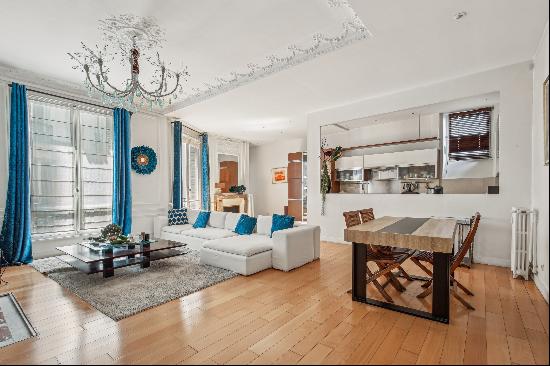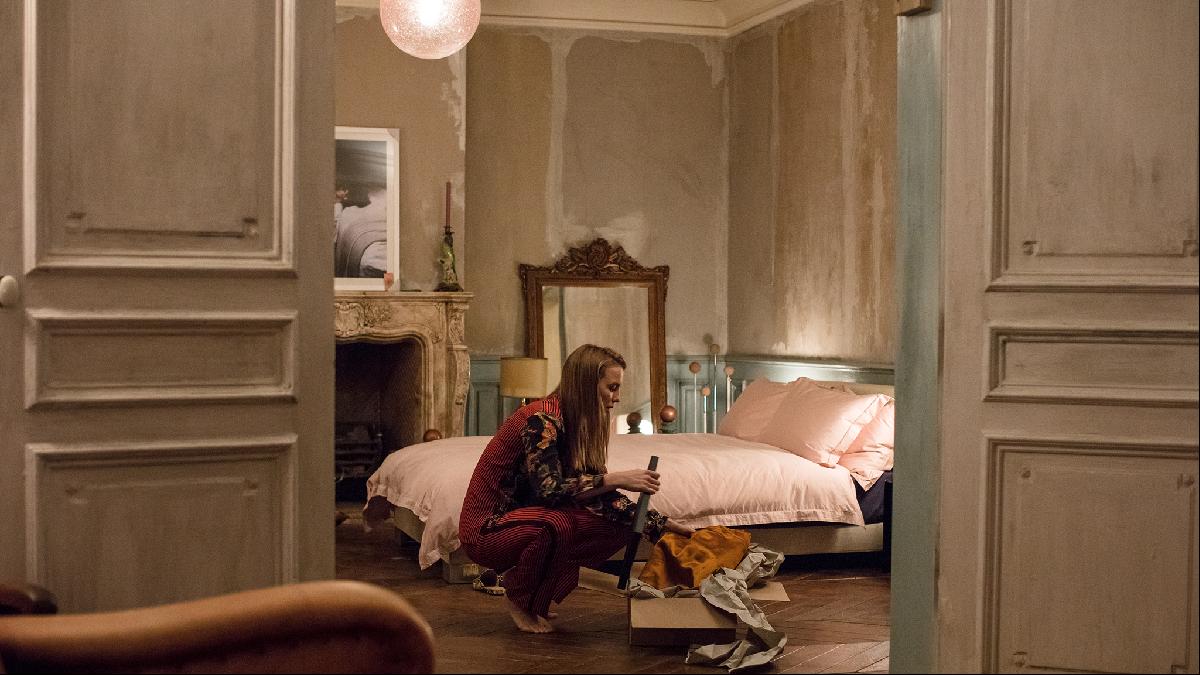
By Madeleine Pollard
Thanks to Covid-induced travel restrictions and Brexit-induced isolationism, I am longing for the joie de vivre of continental European cities now more than ever. My domestic fantasies are occupied with stylish apartments in cultural hubs across the English Channel.
Paris has by far the richest offering of fantasy flats. Amélie’s eponymous hero resides in an enviable bohemian apartment in Montmartre, while Linguini’s loft in Ratatouille never fails to enchant me with its dormer window overlooking the sprawling city of light. However, the most beguiling of all Parisian digs belongs to Villanelle, the glamorous, psychopathic hit woman in Killing Eve, BBC America’s award-winning adaptation of Luke Jennings’ novella.

In lieu of trips abroad, I am indulging my desire for continental living vicariously through Villanelle’s Haussmann-style apartment from the first series. Instead of the cloistered home one might expect for a murderous mastermind, this 1870s dwelling is bright and airy, with high ceilings, French windows and herringbone floors. Its scuffed wallpaper, a mixture of dusty pinks, blues and yellows, embodies the vibe of “crumbly European chic”.
Though a stone-cold killer, Villanelle is also playful, impulsive and modern. As actor Jodie Comer describes: “She does her kills, she gets her money, she spends her money on what she likes. She has no one around her to tell her what to do.”
The eclectic interior decor of Villanelle’s apartment reflects her freedom and independence. Here, 1960s mushroom lamps clash with antiques including her vanity dressing table. Eccentric knick-knacks from her murderous travels, such as the sumptuous Italian silk throw she spots during a particularly gruesome kill, are strewn throughout.
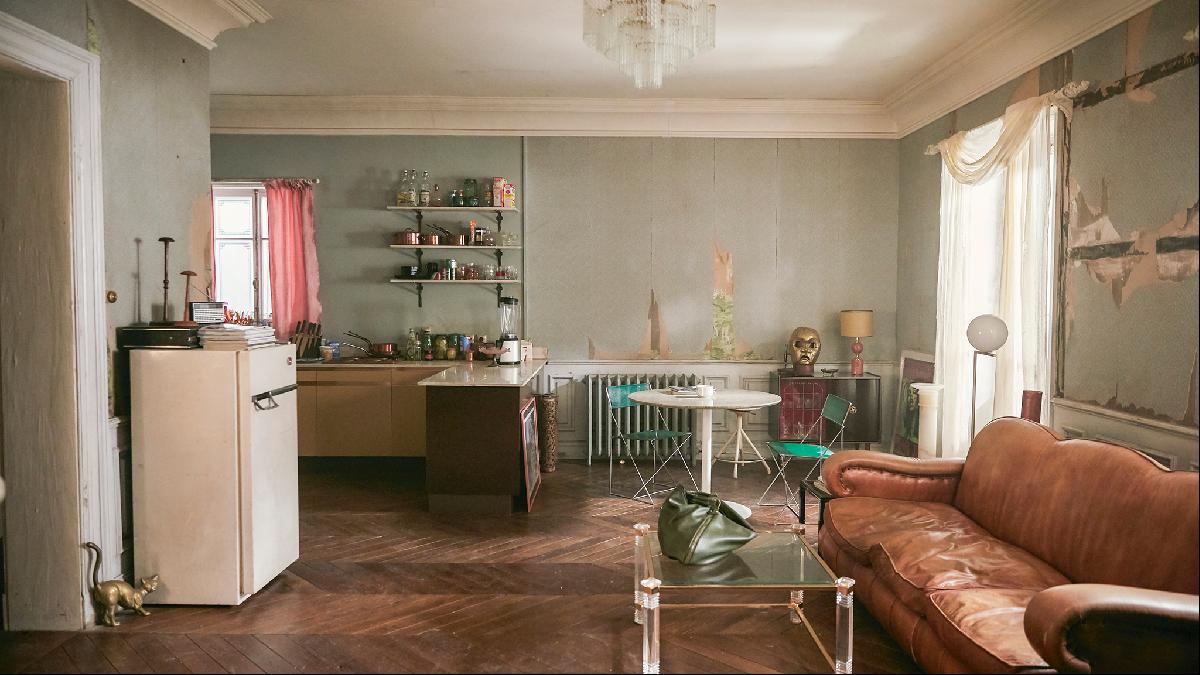
I have never been one for millennial minimalism so I am attracted to this fusion of aesthetics and time periods, which so expertly depict Villanelle as a young woman in her twenties with her style, and identity, in flux.
This apartment also betrays the darker aspects of Villanelle’s character. Among the haute couture bursting from her vintage wardrobe — which I would spend hours trying on — are guns and wigs. Villanelle’s devastating powers of deception are subtly conveyed in the artwork above the ornate fireplace in her bedroom: a print from photographer Juno Calypso’s Joyce series, in which the artist takes self-portraits in disguise to explore the constructed nature of desire and femininity.
Villanelle’s bathroom, undoubtedly the pièce de résistance, is a material embodiment of the 21st-century femme fatale. It is styled as a 1930s Art Deco affair, with chessboard flooring and black-tiled archways framing a glamorous pink-tiled bath. Set below a fantail mirror and a flamboyant, fish-shaped tap, this bath is where I would like to spend my evenings, with a good book and one of the many Champagne bottles lining Villanelle’s fridge.
Sadly, this Parisian abode is not real: production designer Kristian Milsted was tasked with bringing to life Villanelle’s inner sanctum on a sound stage in the UK. So instead I would opt for this four-bedroom Haussmannian apartment on Avenue de Messine, listed at €5.48m. Currently an unfurnished blank canvas, I would place a writing desk by one of its many windows and bask in the sunlight while at work.

Alternatively, this lavish €10.5m four-bedroom apartment on Avenue Foch would satisfy my craving for opulent bathrooms.

Like all Villanelle’s victims, I have been seduced by her charms.
Photographs: Sophie Mutevelian Photography; Alamy; Robert Viglasky/BBC America; Daniel Féau, Christie's International Real Estate; Barnes International Realty


